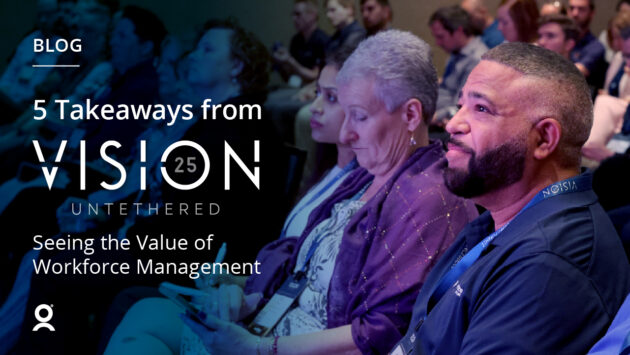The United States Department of Labor (DOL) recently published new guidance on the Family and Medical Leave Act (FMLA) and the Fair Labor Standards Act (FLSA). To avoid compliance issues, employers should carefully review this guidance, which is summarized below.
Indefinite FMLA Leave
In opinion letter FMLA2023-1-A, the Wage and Hour Division of the DOL states that an employee may continue to use FMLA leave indefinitely as long as they continue to be eligible and have a qualifying leave reason. Therefore, according to the DOL, an employee who never exhausts their FMLA leave may work a reduced schedule indefinitely.
Amount of FMLA Leave
Opinion Letter FMLA2023-1-A also reminds employers that eligible employees are entitled to 12 workweeks of FMLA leave per 12-month period, not 480 hours (12 weeks x 40 hours). Therefore, if an employer limits its employees to only 480 hours of FMLA leave per year, they may be violating the FMLA because some employees may work more than 40 hours per week. For instance, an employee working 48 hours per week would be entitled to 576 hours of FMLA leave in a year (12 weeks x 48 hours).
Break Time
Field Assistance Bulletin (FAB) No. 2023-1 underscores that work breaks of 20 minutes or less are compensable under the FLSA whether the employee works remotely (e.g., from home) or at the employer’s facility. The DOL explains that short breaks, whether at home or at a company worksite, primarily benefit the employer by reducing employee fatigue and improving productivity and thus should be paid. Off-duty breaks longer than 20 minutes may be excluded from hours worked if the employee is relieved from all duties and can effectively use the time for their own purposes.
Hours Worked
FAB No. 2023-1 emphasizes that employers must pay teleworkers for all hours worked, including non-scheduled time, if the employer knows or has reason to believe that work is being performed. Employers also must exercise reasonable diligence to determine whether teleworkers are working unscheduled hours by providing a reasonable procedure for reporting nonscheduled work time.
Nursing Employees
FAB No. 2023-1 also reminds employers of their obligation under the FLSA to provide a private space and reasonable break time to remote employees for expressing breast milk. Employers must ensure a teleworking employee has privacy from an employer-provided computer camera, security camera, or web conferencing platform when expressing breast milk. Break time for nursing employees can be unpaid as long as the employee is relieved of all duties during the break.
Worksite when Teleworking:
FAB No. 2023-1 discusses the meaning of “worksite” for FMLA eligibility reasons when employees telework from home. One eligibility criterion to qualify for FMLA leave is that an employee work at a location where the employer has at least 50 employees within 75 miles of that location. When an employee works from home, their worksite for FMLA eligibility purposes is not their residence but, rather, the office to which they report or from where they receive assignments. This means as long as 50 employees are employed within 75 miles of the office to which the remote employee reports or from where they receive assignments, the employee meets the 50 employees within 75 miles requirement for FMLA eligibility.
Employers should remember that state and local wage and hour laws, leave laws, and lactation break laws may provide different legal obligations for employers than do the federal FMLA and FLSA. Companies in multiple jurisdictions should therefore review state and local laws where they have employees and discuss any inconsistencies between the various applicable laws with legal counsel.






